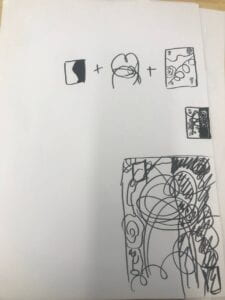Fred Ritchin discusses the idea of the “fluidity of the digital” in the foreword of “In Our Own Image.” Ritchin defines this fluidity as the ease with which digital images can be altered, modified, and distributed. Digital photography allows for ongoing change and permutation, as opposed to traditional photography, which captures a single moment frozen in time. It really gives photographers a lot of new opportunities.
Instagram can be used as an illustration. Before sharing an image with their followers, users can take a picture, add various effects, change the brightness, and crop the picture. Through this process, the image becomes adaptable and fluid, allowing the photographer to create a particular story or emotion. This digital image modification shows the fluidity that Ritchin refers to.
When one considers how closely photography represents reality, it is obvious that all images, regardless of format, have some element of subjectivity. Despite the fact that photography has been widely accepted as a reliable tool for recording and portraying reality, it is important to understand that the act of framing and taking an image is by itself quite selective. The final image’s perception of reality is influenced by the photographer’s choice of perspective, composition, time, and environment.
Comparing photography to other forms of media, such as text, video, virtual reality, and books, shows how each has distinct advantages and disadvantages when it comes to representing reality. The text provides depth and information, but interpretation and creativity are needed to make the story come to life. Video is more immersive because it records sound and movement, but it is still limited by its selective nature. Although virtual reality strives to be completely immersive, it is still a created world that mimics reality. In contrast, books mainly rely on the reader’s imagination to create mental pictures.
In conclusion, although it is frequently thought of as an art form capable of portraying truth, photography is actually subjective because of the decisions the photographer makes. Ritchin claimed that the fluidity of digital photography adds a degree of visual modification and change. Photography and other forms of media can be compared to show how each has advantages and disadvantages when it comes to capturing truth. In the end, it is necessary to approach all images—digital or not—critically and to understand their subjectivity and fluidity.








 After format change
After format change 